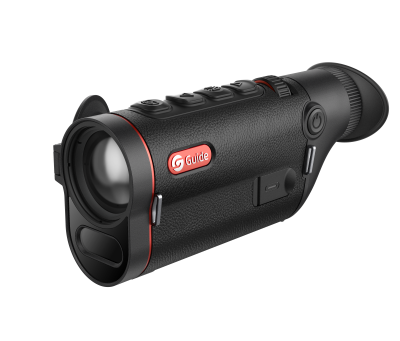
html
Thermal Vision Monocular: Advanced Night Vision Technology for Enhanced Surveillance
In the realm of night vision technology, thermal vision monoculars have emerged as a game-changer for surveillance, security, and outdoor activities. Unlike traditional night vision devices that rely on ambient light, thermal monoculars detect heat signatures, making them highly effective in complete darkness or challenging environments.
How Thermal Vision Monoculars Work
Thermal vision monoculars operate by detecting infrared radiation emitted by objects, living beings, or machinery. This radiation is then converted into a visual image, typically displayed in varying shades of color or grayscale. The hotter an object is, the more visible it becomes on the thermal display. This technology allows users to see through smoke, fog, and even some obstacles that would block traditional night vision.
Key Features of Modern Thermal Monoculars
Today’s thermal vision monoculars come packed with advanced features:
- High-resolution thermal sensors for crisp imaging
- Multiple color palettes for different viewing conditions
- Long detection ranges (often exceeding 1,000 yards)
- Rugged, waterproof designs for outdoor use
- Image and video recording capabilities
- Wireless connectivity for real-time sharing
Applications of Thermal Vision Technology
The versatility of thermal monoculars makes them invaluable across various sectors:
Military and Law Enforcement
For tactical operations, search and rescue missions, and border patrol, thermal monoculars provide critical visibility in low-light conditions.
Security and Surveillance
Security personnel use these devices to monitor large areas, detect intruders, and prevent unauthorized access to sensitive locations.
Wildlife Observation
Researchers and hunters utilize thermal monoculars to track animals without disturbing their natural behavior patterns.
Industrial Inspections
Thermal imaging helps identify overheating equipment, electrical faults, and insulation problems in industrial settings.
Choosing the Right Thermal Vision Monocular
When selecting a thermal monocular, consider these factors:
- Resolution: Higher resolution provides clearer images
- Refresh Rate: Higher rates (60Hz+) are better for tracking moving objects
- Detection Range: Match the range to your specific needs
- Battery Life: Longer operation times for extended use
- Additional Features: GPS, rangefinders, or wireless capabilities may be beneficial
As thermal imaging technology continues to advance, thermal vision monoculars are becoming more accessible to professionals and enthusiasts alike. Their ability to reveal what’s invisible to the naked eye makes them an essential tool for modern surveillance and observation needs.
Keyword: thermal vision monocular